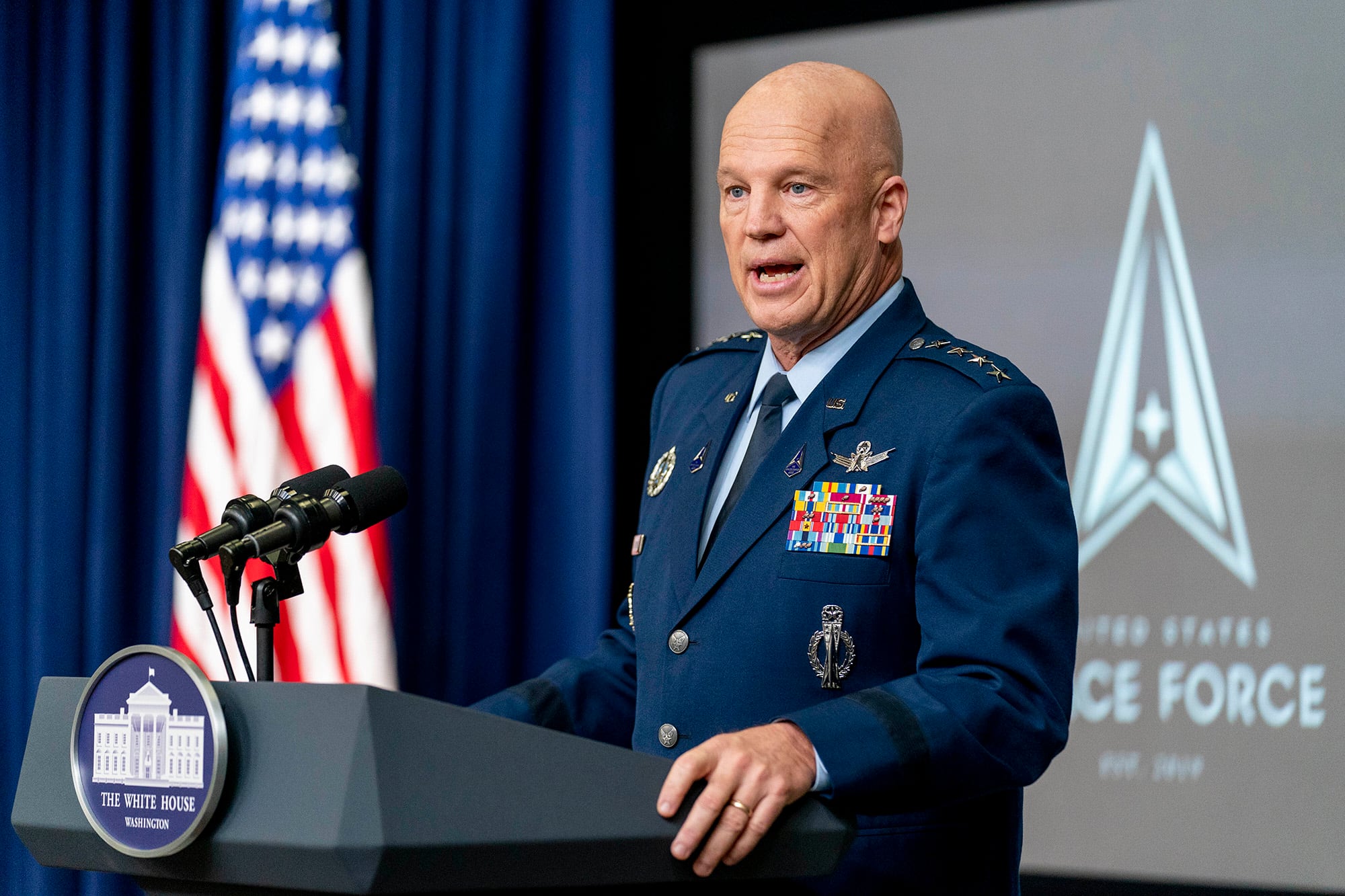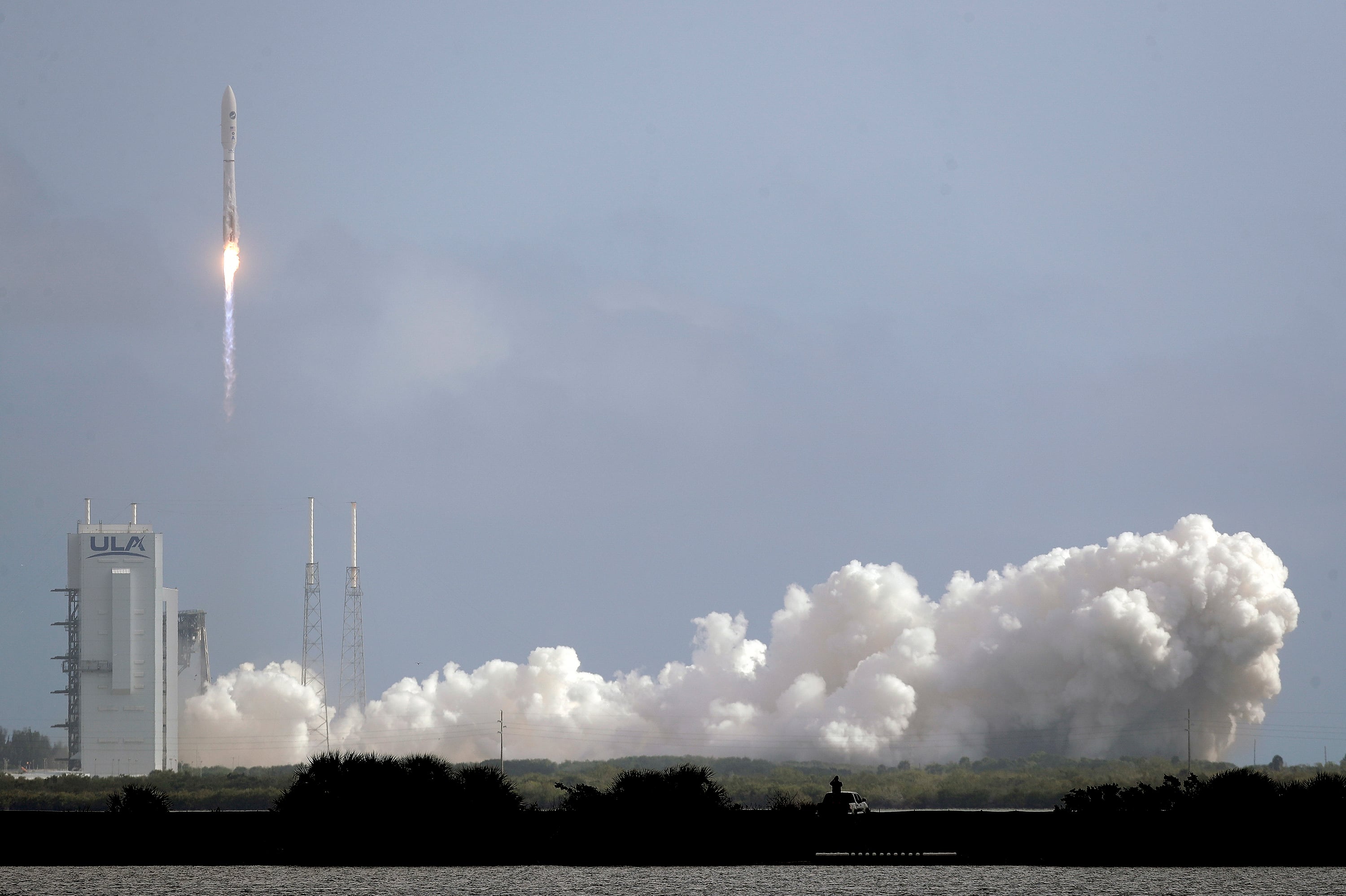WASHINGTON — The U.S. Space Force is asking Congress for $832 million over its $17.4 billion budget request for its unfunded priority list, an annual wish list of spending every service sends lawmakers.
The request sent June 3 to Congress includes additional funding for dozens of programs, repairs to Space Force facilities and $279 million in classified spending to “develop a war fighting punch.”
Intriguingly, the wish list sets aside $113 million to grow new missions. That includes $28 million toward radio frequency payloads for the Defense Advanced Research Projects Agency’s Blackjack program, which seeks to demonstrate the utility of a proliferated constellation of networked satellites in low Earth orbit for the military. With this request, Space Force would test new space-based intelligence, surveillance and reconnaissance capabilities on orbit in fiscal 2022 and 2023 to inform future investment. Space Force leaders have stated in recent months that it needs to develop a tactical ISR mission, which could involve building out its own constellation of imagery satellites.
RELATED

The other big mission area is cislunar awareness — essentially knowing what is happening beyond geostationary orbit and within the orbit of the moon. The Space Force is seeking $61 million, which it will put into the Air Force Research Laboratory’s WARTECH program, which develops advanced technology demonstrations for the Department of the Air Force. Those demonstrations then have the opportunity to grow into Vanguard programs — AFRL’s designated high priority transformational technologies.
But the biggest priority for the Space Force is weapon system sustainment, for which the service is seeking $122 million. That funding is scattered over 16 programs, including the Space Based Infrared System, space situational awareness efforts and Heritage Transition, a program that will move communications satellites over to Enterprise Ground Services for command and control.
The largest sum of funding within weapon system sustainment, $25.6 million, would support the Range of the Future concept at Patrick Space Force Base and Cape Canaveral Space Force Station in Florida and Vandeberg Space Force Base in California. With the number of launches at both ranges accelerating, this funding will help the service develop digital data processing and transport prototypes. The service already requested $11.1 million for the effort in its budget proposal.
Second on the list of unfunded priorities is $66.3 million to repair facilities and infrastructure.
Other items of note include $86 million to accelerate the establishment of an independent professional military education with in-residence support for 100 students per year and virtual training for 3,000 personnel, along with $16 million to support the Space Force’s digital service campaign.
Nathan Strout covers space, unmanned and intelligence systems for C4ISRNET.
Joe Gould was the senior Pentagon reporter for Defense News, covering the intersection of national security policy, politics and the defense industry. He had previously served as Congress reporter.








